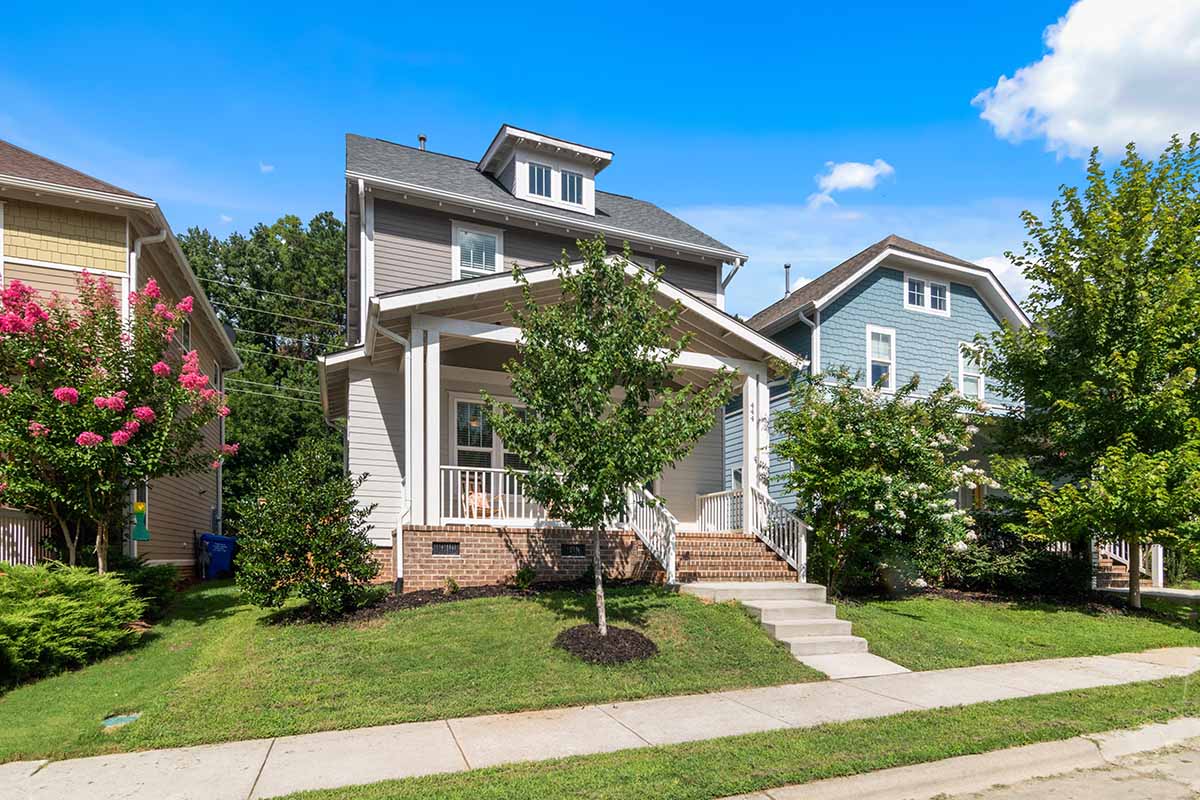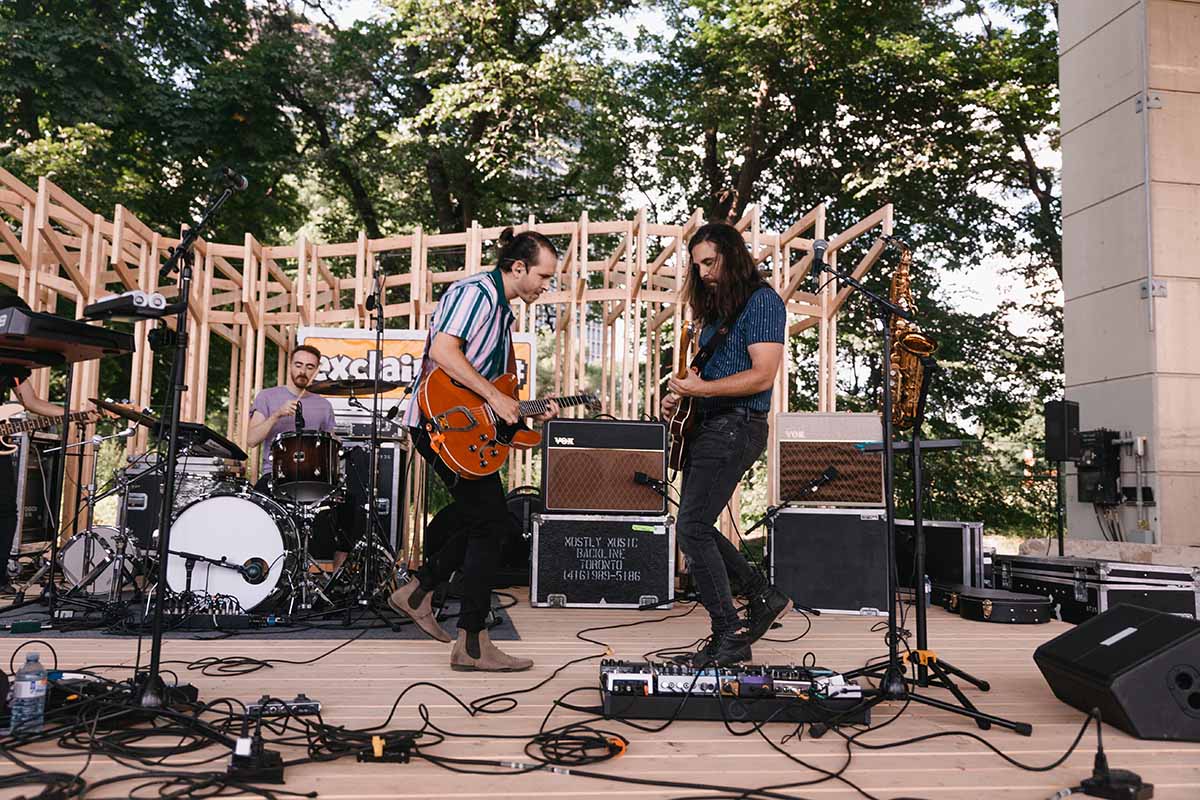5 Types of Backflow Preventers
Having a reliable backflow preventer in your home is essential for protecting the safety of your family and of your property. It’s not something that homeowners think about often, but it’s important to know what kind of backflow prevention device you have installed – especially if you’ve recently moved into a new home or purchased an existing one.
In this blog post, we’ll discuss what a backflow preventer is they are, and the different types of backflow preventers available to help you make an informed decision about which type best fits your home.
For more on professional backflow preventer testing and inspection, visit this website – https://www.plumbtechplumbingandheating.com/backflow-testing/.
What is a backflow preventer used for?
A backflow preventer is an essential component of home plumbing systems and other installations, which is designed to safeguard against water contamination and pollution. It prevents the unwanted reverse flow of liquids, gases, or other substances into the public water supply.
A typical backflow preventer consists of a simple valve that can be manually opened and closed. When in use, it operates as a check valve and prevents substances from flowing back in the wrong direction.
Backflow preventers are often required to be installed for most locations connected to a public drinking water supply and must pass an annual inspection for safety reasons.
Types of backflow preventers
Now that we’ve covered what a backflow preventer is and what it does, this next section will look at the different types of backflow prevention devices. There are several types of backflow devices. These include:
Pressure Vacuum Breaker
A pressure vacuum breaker (PVB) is a type of backflow preventer used to protect against contamination of a potable water supply. PVBs are typically installed on the main water line to a home or business. PVBs allow water to flow in one direction only and prevent backflow by creating a physical barrier.
Double Check Valve
A double check valve (DCV) is a backflow preventer with two check valves installed in series. DCVs are typically installed on the main water line to a home or business. DCVs allow water to flow in one direction only and prevent backflow by creating a physical barrier.
Reduced Pressure Zone Device
A reduced pressure zone device (RPZD) is another type of backflow preventer that consists of two check valves, a pressure relief valve, and an isolation valve. RPZDs are typically installed on the main water line to a home or business. RPZDs allow water to flow in one direction only and prevent backflow by creating a physical barrier.
Pressure Relief Valve
A pressure relief valve (PRV) is a backflow preventer used to protect against overpressure conditions in a potable water system. PRVs are typically installed on the main water line to a home or business. PRVs relieve excess pressure from the system and prevent backflow by creating a physical barrier.
Isolation Valve
An isolation valve is a type of backflow preventer used to isolate a section of the potable water system from the rest of the system. Isolation valves are typically installed on the main water line to a home or business. Isolation valves work by allowing water to flow in one direction only and preventing backflow by creating a physical barrier
Which backflow prevention device should I choose for my home?
When choosing between the different types of backflow prevention devices, it’s essential to consider various factors. You will need to decide whether you should choose a double-check or reduced pressure principle valve based on what will work best for your water system. Furthermore, you should ensure that the valve model you select is suitable for the type of waste and chemicals your system requires to manage.
Additionally, if you’re installing the valve in an area with extreme temperatures, select a model that can handle them. It’s also important to ensure that the backflow prevention device abides by national codes and standards developed by organizations such as ASSE (American Society of Sanitary Engineering) and IAPMO (International Association of Plumbing & Mechanical Officials).
Lastly, but most importantly, be sure to consult with a professional before purchasing any backflow prevention devices. A professional will help ensure you get one that is right for your home.
Types of backflow preventers – Conclusion
Now that you’re aware of the different types of backflow preventers, it’s time to take action and ensure your home is protected. The best way to do this is to call a local plumbing professional who can come out and assess your needs.
They will be able to recommend the best type of backflow preventer for your home and install it properly so you can have peace of mind knowing your family is safe. Don’t wait – protect your home water system today with a backflow preventer.



















